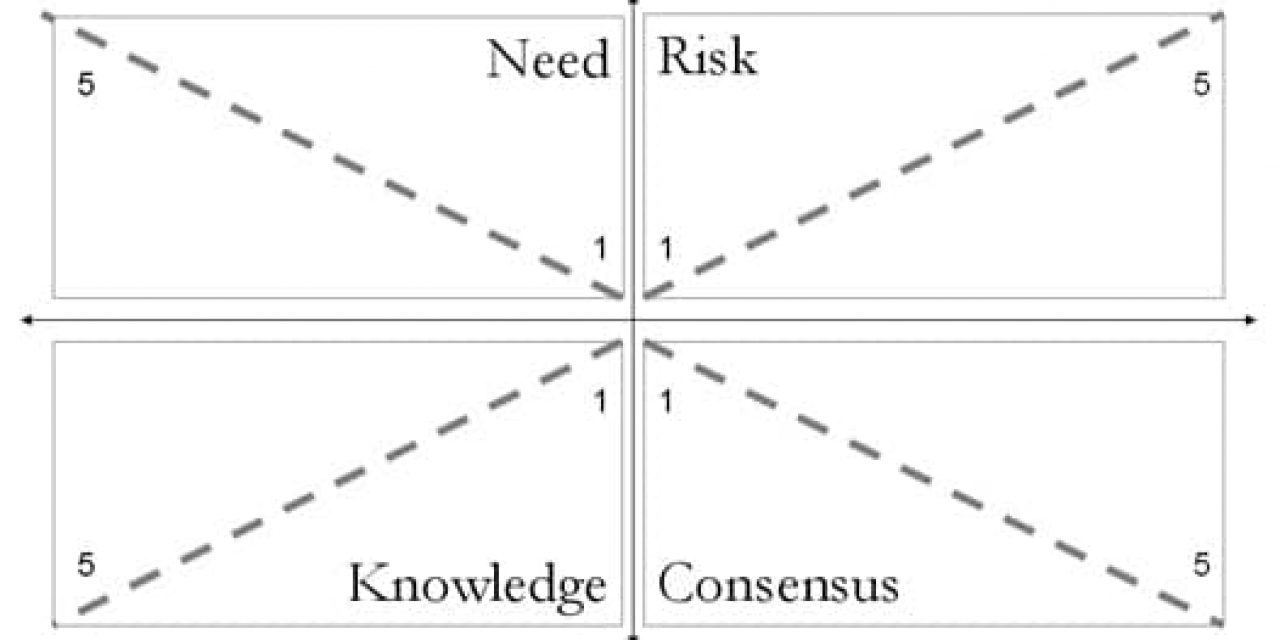The web is littered with uninspired flaccid words, words with virtually no meaning. What some people might call web copy or content. In most cases it exists because the marketer was designated a box to fill in with words. You’ve seen it the 100- to 150-word count blocks that sit on home pages here and there. Think of it as checkbox copy, copy that had to be written to check off a box.
It has gotten a bit better over the last couple of years as teams have discovered this new buzzword called content marketing. The word counts have grown but the message still often misses the mark. Why? Because there is no such thing as an “average” visitor. The path to mediocre and uninspiring conversion results is lined with project managers who imagined every visitor would think and behave in exactly the same way. People have varying strategies for accomplishing tasks, conducting research, managing their time, and making decisions.
The very concept of an average user makes it impossible to construct a persuasive process that will motivate a broad spectrum of individuals. The only thing average about most users is that they bail out in droves, happily abandoning businesses that do not speak to them, understand their needs, or provide value.
The four quadrants of complexograms
When we have a pretty good handle on these dimensions as they pertain to your business, we begin creating different buyers’ portraits of your customers on a complexogram. These portraits reflect the ideal status of each customer segment as they near the close of the buying decision process.
A complexogram has four quadrants representing the four dimensions of sales complexity.
- Knowledge. How difficult is it for folks to understand the nature of your product or service, or the procedures for buying?
- Need. How urgent is the need for your product or service?
- Risk. How risky, especially with respect to issues of finance or self-esteem, is the sale?
- Consensus. Just how many people do you have to persuade?

Along the diagonals of each quadrant, we use a scale from one (low) to five (high) to plot an importance value for each of our dimensions of sales complexity.
We’ll be the first to tell you this is an inherently subjective process. But it offers us a reference and direction that we continue to investigate and refine as we dig deeper into our understanding of the business. Eventually, we merge these thumbnail portraits into the full-fleshed-out personas.
Assessing these dimensions helps us create narrative scenarios that build a customer’s confidence by alleviating the concerns or confusions she might have that are associated with the nature of the sale. It helps us make sure crucial information appears in scenario paths for the personas who require it, and allows us to develop scenario paths that avoid information other personas don’t care about.
David C’s complexogram
Because a complexogram shows the persona’s state (with respect to the dimensions of sales complexity) at the end of the buying decision process, it helps us identify the information and language each persona requires along the way.
Let’s look at one example of a complexogram. David C is a persona we designed for Leo Schachter’s branded diamond site several years ago. David is a methodical who wants to make a well-educated decision about the diamond ring he plans to buy for his fiancé-to-be. He wants her to be pleased, but he is also concerned about the financial risk of making an ill-informed decision. His complexogram would look something like this:

David’s primary concerns are for diamond knowledge – he needs to understand what goes into creating a beautiful diamond and the associated costs. Near the end of his buying decision process, he must feel satisfied he has the knowledge he needs to make the best decision. As David’s knowledge about diamonds increases, his perception of risk decreases.
Because David is making this decision without his fiancé-to-be’s knowledge, his consensus dimension is low. However, David’s consensus is what we would consider “personal.” His fiancé-to-be is still an influence, as he is motivated by thoughts of her happiness. David’s need is not urgent, but instead will be guided by his feelings that he has gathered information that makes him feel comfortable about his decision.
Do you see how this kind of portrait can help you flesh out David’s persona, his scenarios and the language that will appeal to him, satisfy his motivations, and meet his needs?
One of the essential components of persuasion is our ability to remove the friction that prevents our customers from buying. The humble complexogram helps you identify those aspects of your sales topology that potentially bog down your customers, so you can smooth the path and offer them clear sailing! Spend some time plotting these out for several of your last customers.






